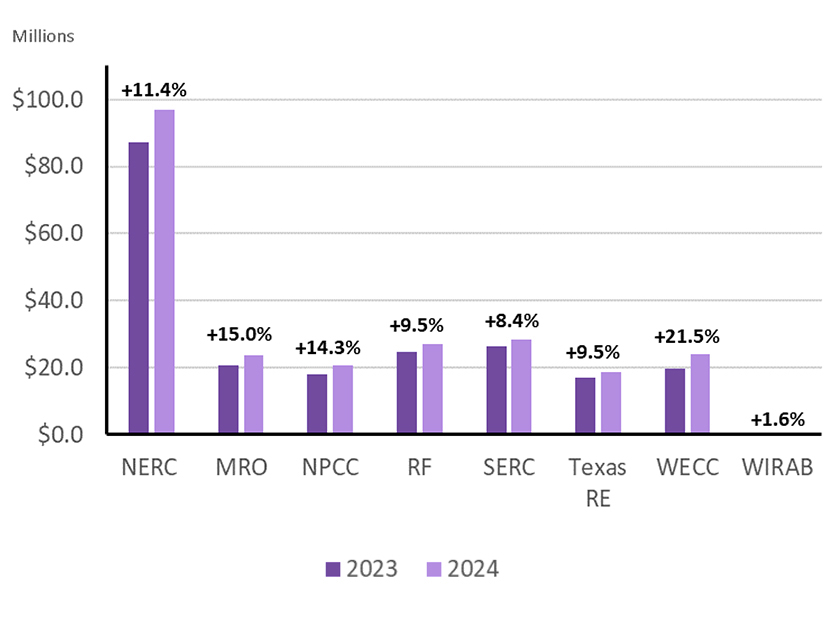The NY Green Bank said Wednesday its financial commitments have passed the $2 billion mark and are likely to accelerate with the influx of new federal funding for the clean energy transition.
The fund is the largest green bank in the U.S., both in dollar value and scope of portfolio. It is marking its 10th anniversary this year and, through the end of May, had assisted 123 projects that will either decrease fossil fuel consumption or increase in clean energy production.
NYGB President Andrew Kessler told NetZero Insider on Thursday that the recently added federal funding streams — the Inflation Reduction Act, the CHIPS and Science Act, and the Infrastructure Investment and Jobs Act — are complementary to the work of green banks. The result will be acceleration, not replication, he said.
The fund was formed in 2013 by then-Gov. Andrew Cuomo as a division of the New York State Energy Research and Development Authority. The New York Public Service Commission in late 2013 authorized NYSERDA to use $165.6 million in unallocated funds as seed money for the bank (13-M-0412).
News accounts quoted NYGB’s president at the time, Alfred Griffin, saying the seed money would leverage additional financing that would total $800 million and reduce carbon dioxide emissions by 575,000 tons per year.
NYGB became self-sufficient in July 2017, when revenues began to exceed expenses. In its most recent metrics, through the end of 2022, the fund reported up to $5.6 billion in cumulative capital commitments and calculated that those projects accounted for 439,000 metric tons of carbon dioxide emission reductions in calendar year 2022.
Kessler said NYGB is the largest of its kind for several reasons, not least the 40-person staff and support of Cuomo and his successor, Gov. Kathy Hochul.
But the bank’s value and success have stemmed from its mission as a problem-solver: arranging financing for nontraditional projects or concepts that have trouble qualifying through traditional funding streams.
“Our approach has always been flexibility,” he said. “We are in the gap-filling business.”
This provides a double benefit to New York’s climate change mitigation goals. First, the bank moves a project and its climate benefits closer to realization. Second, it sets a financing model that traditional lenders can follow with similar projects in the future.
“Our mission is to animate private-sector capital,” Kessler said, likening it to a test kitchen.
NYGB looks for a sweet spot in the middle: Projects that do not have a high risk of failure because of technological or financial challenges but are not so mainstream that they could secure capital through traditional funding streams.
The question NYGB asks itself, Kessler said, is: “If we did this transaction, will the guys across the street say, ‘We could have done this. That’s business we missed.’”
The answer to that question, ideally, is “yes.”
Not every project flies. The applications that NYGB rejects often are for projects that cannot deliver a minimum equity percentage or rely too heavily on unproven technology.
NYGB started out heavily focused on solar project financing, particularly community solar, which was an unfamiliar business model when it began expanding across New York. A significant portion of its portfolio is still solar, but building decarbonization, clean transportation and other sectors have gained funding as well.
More recently, the fund has offered financing that allows developers to use their interconnection deposit as equity during the lengthy interconnection process.
And in April, NYGB officially launched a $250 million community decarbonization fund dedicated to projects that will reduce greenhouse gas emissions in disadvantaged communities.
Individually, the 123 projects that NYGB has financed to date can be overshadowed by the major renewable energy generation and transmission projects being developed across the state, some with price tags ranging into the billions. But Kessler said that the many small projects will have a large impact collectively. Just as important, they will have an intangible impact individually, as New Yorkers see them in their communities. Any effective clean energy transition will rely to a significant degree on behavioral changes and buy-in from millions of state residents, and Kessler said everyday familiarity can raise awareness and prompt organic change.
“You can see the energy transition is happening,” Kessler said. “When people see that and take notice … obviously that’s super helpful from a knowledge perspective.”
